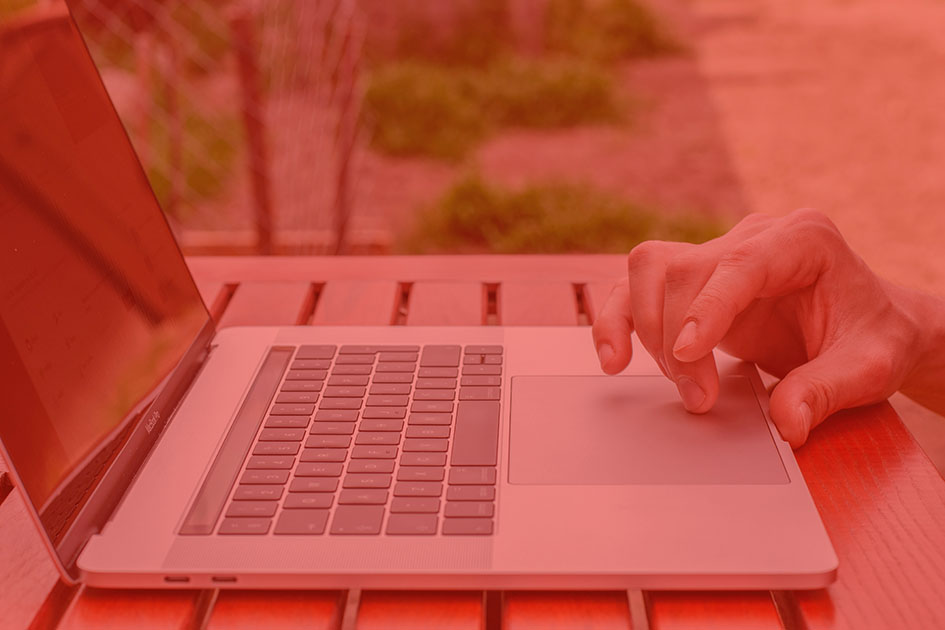· Neville Denness · Tutorials · 5 min read
Get expert insights here on top free and paid options, all without a sales biase.

The Best Antivirus Software for macOS in 2025: Lightweight, Unobtrusive, and Up-to-Date
As a Mac technician with over 25 years of experience, I’ve watched the myth of “Macs don’t need antivirus” unravel and playout many times. Today, with Apple devices flooding into homes and enterprises alike, they’ve become prime targets for cybercriminals. In 2024, 21 new malware families emerged for macOS, and threats like trojans and ransomware are no longer rare—they’re evolving fast. Whether you’re an individual user or part of a business, you need antivirus software that’s lightweight, unobtrusive, and stays ahead of these risks. Here’s my deep dive into the best options for 2025, how the Mac threat landscape has shifted, and what organisations must do to stay secure—plus and compliant.
The Evolving Mac Threat Landscape
Only a few years ago, Mac malware was mostly adware—annoying but manageable. Now, the picture’s darker. According to the latest Jamf Annual Trends Report, adware still holds a chunk at 36.77%, but trojans (17.96%) and potentially unwanted applications (PUAs) (35.24%) are surging. Trojans, up nearly 18% of instances, trick users to bypass defenses, while PUAs threaten data integrity and privacy. Ransomware, though just 2% of malware, includes new players like Turtle Ransomware and LockBit for macOS, hinting at worse to come.
For businesses, the stakes are higher. Apple devices are now workplace staples, exposing corporate networks to these threats. A staggering 300,000 devices faced password leaks last year, and 20% of organisations saw malicious network traffic, risking malware downloads, scams, and data theft and who knows how many werent reported. Phishing attacks are 50% more likely to succeed on mobile devices than on Macs, making mobiles a serious weak point—especially with how central they’ve become to daily operations. This diversification signals a wake-up call: Macs aren’t invincible, and complacency is a liability.
Why macOS Needs More Than Built-In Security
Apple’s XProtect offers a baseline, updating daily to tackle known threats. It’s what Apple uses internally—but it lacks real-time scanning and struggles with new attacks. For individuals, this might leave gaps; for businesses, it’s a chink in the armor against advanced persistent threats (APTs) and ransomware. Third-party antivirus bridges these gaps with enhanced detection and proactive tools, vital as threats multiply.
To understand quickly solutions and why it matters, check out our Quickfire Q&A on Mac Antivirus.
Top Antivirus Picks for macOS
Here are the best antivirus programs that won’t slow your Mac, stay quiet, and keep up with threats:
1. Bitdefender Antivirus for Mac
- Why It Stands Out: Lightweight and fast, Bitdefender excels with minimal impact, earning top AV-Test scores.
- User Experience: Autopilot mode keeps it silent, perfect for uninterrupted work.
- Updates: Automatic and frequent, it’s ready for new trojans or ransomware.
- Best For: Solo users or businesses needing seamless protection.
2. Avast Premium Security for Mac
- Why It Stands Out: Very light on resources, with deep scans at 1.5 hours and quick scans under a minute.
- User Experience: Simple, no-account-needed design with performance boosts.
- Updates: Real-time updates tackle PUAs and phishing threats.
- Best For: Small teams wanting extras like Network Inspector.
3. Trend Micro Antivirus for Mac
- Why It Stands Out: Affordable, with light background use—initial scans take 3+ hours, but later ones hit 30 minutes.
- User Experience: Quiet operation with ID Security features.
- Updates: Regular updates guard against evolving threats.
- Best For: Budget-conscious firms or individuals.
4. Avira Free Antivirus for Mac
- Why It Stands Out: Free and lightweight, using cloud scanning to ease system load.
- User Experience: Background scans keep it low-key.
- Updates: Real-time updates for basic defense.
- Best For: Emergency use or cash-strapped users.
Performance Proof
Tests on a Mac Mini (M1, 8GB RAM) with Geekbench 5 confirm these tools are lightweights. Bitdefender and Avast barely register in the background, while Trend Micro follows suit. Scans vary but prioritise speed, which is great as they used to slow down the mac and was often uninstalled, nowadays AV programs are ideal for busy users or enterprise fleets as performance is retained.
Complacency: The Hidden Threat
For organisations, the threat isn’t just malware—it’s lax security. Jamf found 40% of mobile users run vulnerable OS versions, 36% disable FileVault encryption, and 25% of firms have users without lock screens. These gaps invite attacks, especially with trojans and PUAs on the rise. Cyberattacks aren’t “if” but “when”—a stark reality that can’t be ignored.
How Businesses Can Fight Back
Beyond antivirus, organisations need a holistic approach:
- Device Management: Real-time threat hunting across corporate and BYOD devices.
- Compliance: Align with industry standards to plug known holes.
- Edge Security: Protect remote devices with network safeguards.
- Encryption: Use encrypted tunnels for data safety.
- Zero Trust: Verify every access request, inside and out.
- Updates: Patch OS and apps regularly—40% vulnerability stats prove it matters.
My Picks and Tips
I use Surfshark One for antivirus, VPN, and ID protection, I will also match the client AV when working on their networks. For you:
- Strong passwords + 2FA.
- VPN on public Wi-Fi.
- Update everything.
- Avoid sketchy downloads.
- Use common sense, check URLs in emails by pasting them into Notes and seeing if they are legit.
- Avoid any tool, application, or utility that has Clean or Optimise in its name.
- Use the App Store to obtain your Software.
Need Help?
At Spurdotech, near Lewes, I support East Sussex with remote and onsite help. From picking antivirus to securing your business network, I’ve got you covered. Reach me at support@spurdotech.co.uk or book at /contact/book.
Want a faster read? Check out our Antivirus Quickfire Q&A.




